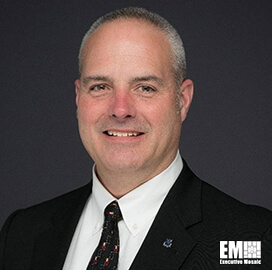The Department of Energy looks to advance geologic carbon storage initiatives under a $2.25 billion effort funded by the Bipartisan Infrastructure Law to help lessen carbon dioxide pollution and mitigate climate change impacts.
The Carbon Storage Assurance Facility Enterprise Initiative is focused on carbon capture and storage technologies that could accommodate at least 50 million metric tons of CO2 from power plants, industrial facilities and other point sources, DOE said Thursday.
A notice of intent for the Phases III, III.5 and IV of CarbonSAFE program was recently released to kick off the investment distribution process. The initiative will cover CCS project development’s construction stages and other activities.
“The President’s budget commitments coupled with the investments from his Bipartisan Infrastructure Law will enable the U.S. to develop cutting-edge technologies to safely and efficiently capture, remove, and store CO2 while revitalizing communities that have powered this nation for generations,” said Jennifer Granholm, secretary of the DOE.
Aside from the multibillion initiative, the department has also announced $91 million in two new funding opportunities to add more CO2 storage sites and further develop carbon management technologies.
The second phase of the CarbonSAFE program is for storage complex flexibility and is allocated $45 million. Meanwhile, the Carbon Management funding opportunity is worth $46 million and is for the development of technologies for removing, capturing and converting or storing carbon dioxide emissions.






